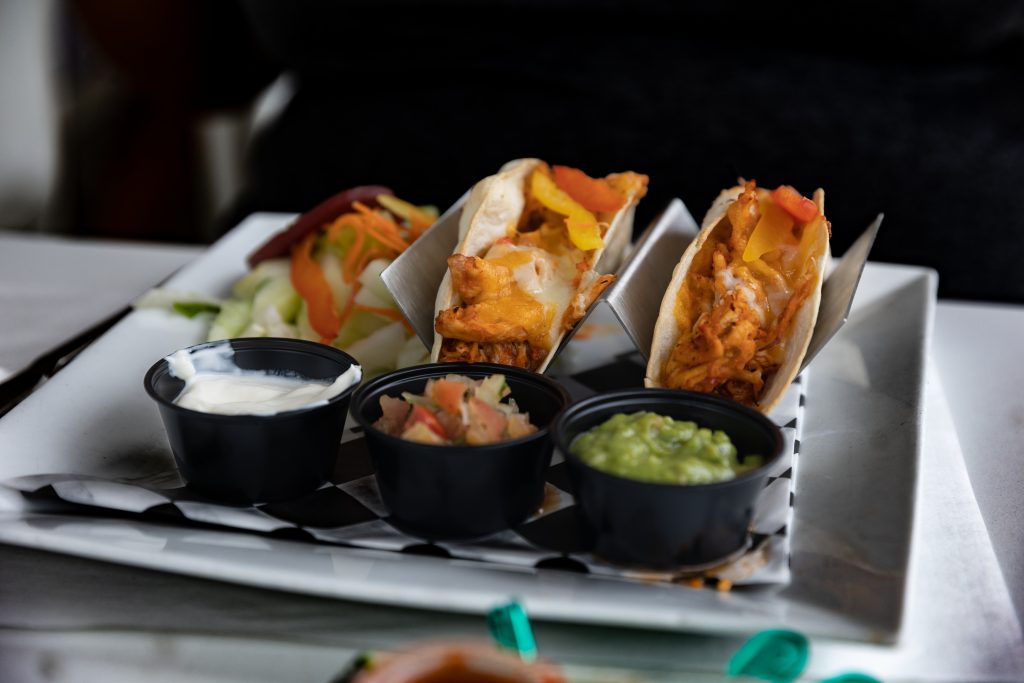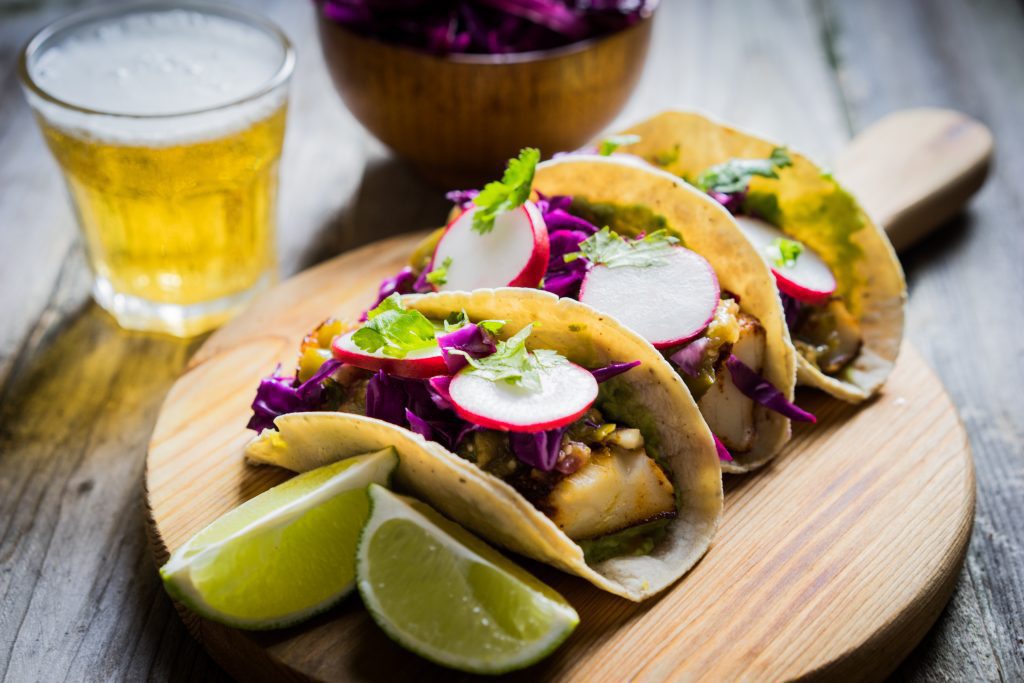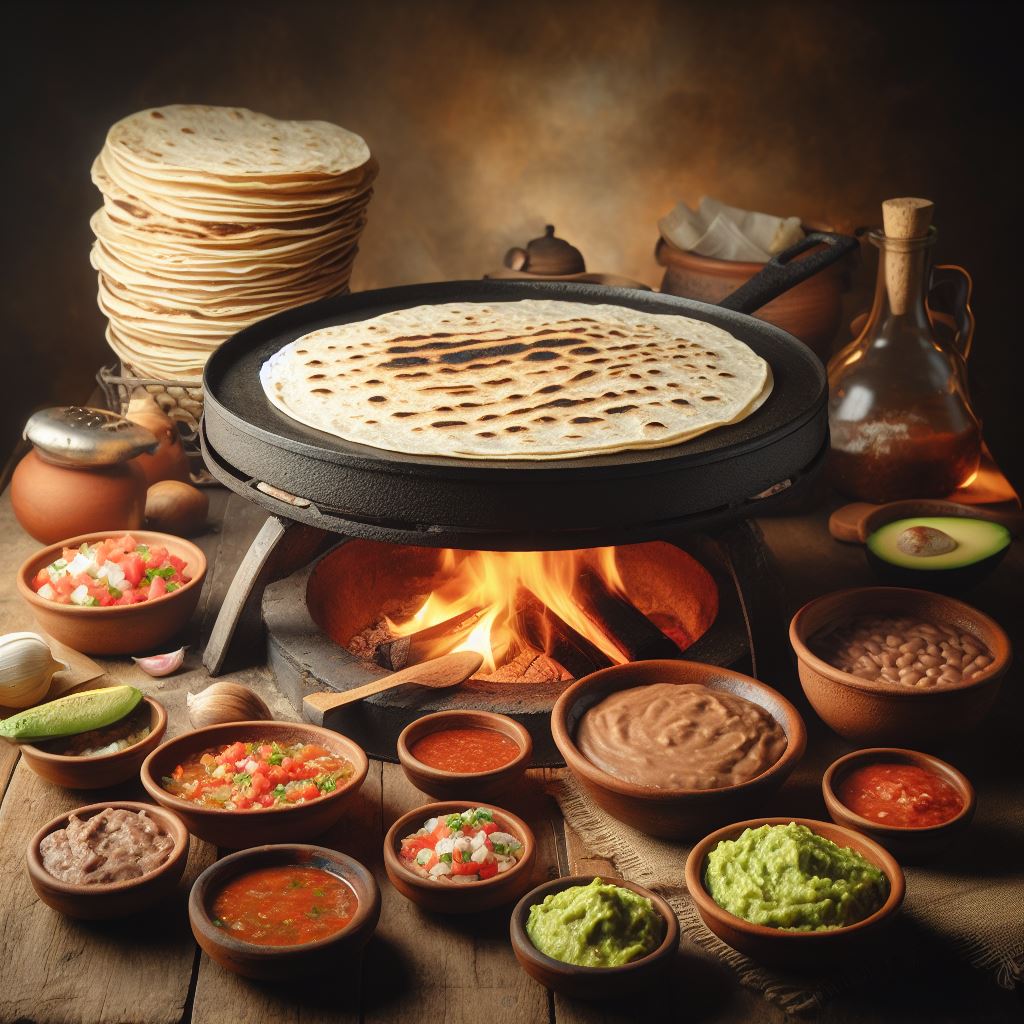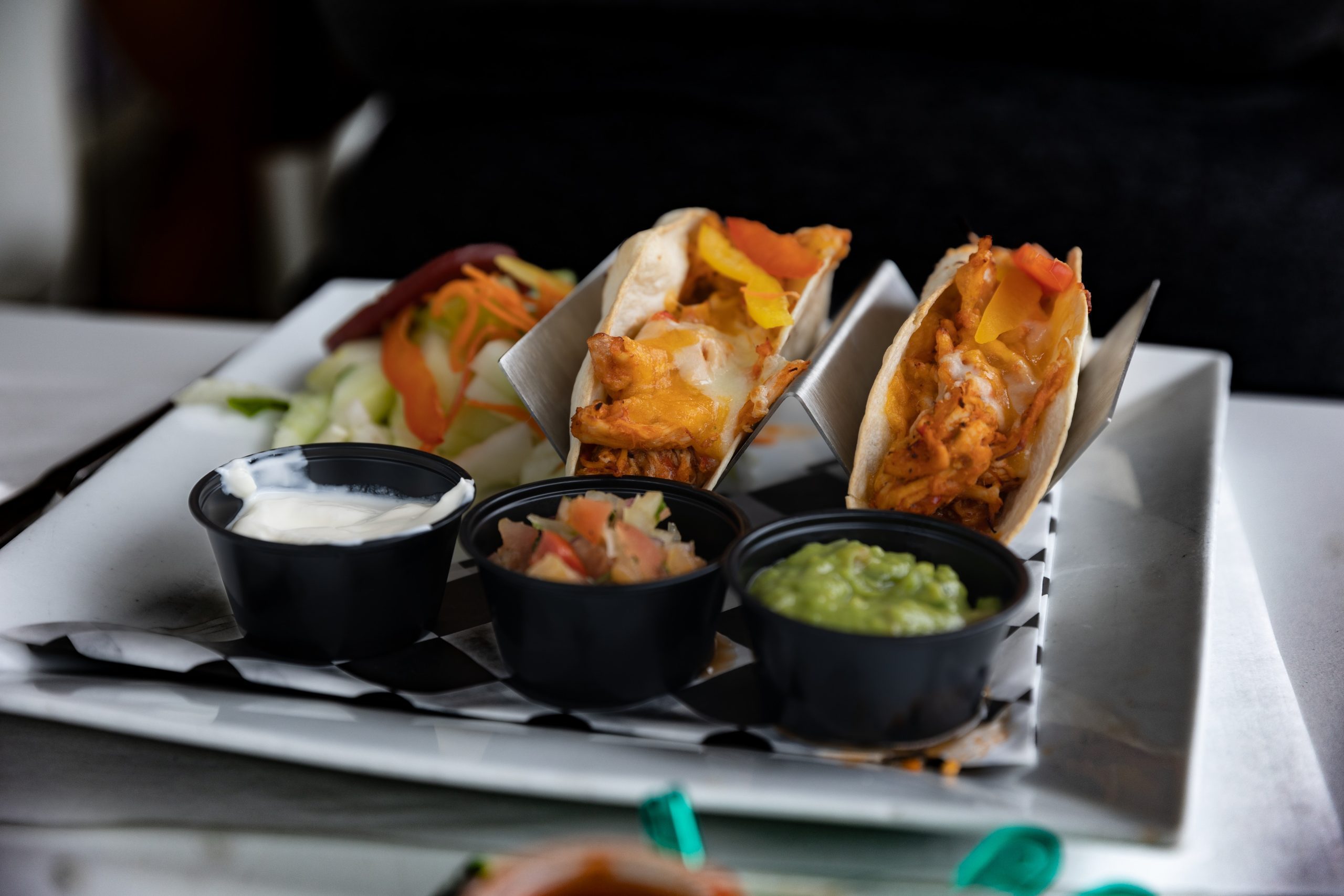The Role of the Comal In Mexican Cooking and Cuisine
Tacos, those delicious and versatile treats, have become a beloved culinary sensation around the world. From the streets of Mexico to food trucks and high-end restaurants, tacos have captured the hearts and palates of food enthusiasts everywhere. If you’re yearning for a taste of authentic Mexican cuisine and want to learn how to make mouthwatering tacos from scratch, you’re in for a treat! In this guide, we’ll take you through the steps to create seven types of authentic Mexican tacos that will transport your taste buds straight to Mexico.
Thank you for reading this post, don't forget to subscribe!
Choosing the Perfect Meat
The foundation of any great taco is the meat. In the realm of authentic Mexican tacos, ground beef is reserved for burgers, as traditional tacos embrace an array of succulent meats. From marinated pork to grilled steak, each variety of taco boasts a unique flavor profile that caters to diverse taste preferences. Here’s a rundown of seven popular types of Mexican tacos and their corresponding meat choices:
- Tacos al Pastor: Marinated pork tacos that tantalize with their unique blend of flavors.
- Meat: Pork shoulder or loin.
- Tacos de Cochinita Pibil: Slow-roasted pork tacos, a true Yucatán delight.
- Meat: Pork shoulder or loin.
- Tacos de Carnitas: Braised pork tacos, known for their tender and flavorful appeal.
- Meat: Pork shoulder or butt.
- Tacos de Longaniza: Spicy pork sausage tacos that pack a punch.
- Meat: Longaniza (similar to chorizo).
- Tacos de Carne Asada: Grilled steak tacos that are a carnivore’s dream.
- Meat: Skirt steak or flank steak.
- Tacos de Birria: Stewed goat tacos, a rich and hearty choice.
- Meat: Goat meat or mutton.
- Tacos de Tinga de Pollo: Chicken tinga tacos that offer a lighter alternative.
- Meat: Chicken breast.
For the adventurous souls, there’s even a suggestion to explore: grasshopper tacos, known as Tacos de Chapulines, popular in the Oaxaca region.

The Art of Marination
The secret behind juicy and flavorful Mexican tacos lies in the art of marination. A harmonious blend of citrus and spice infuses the meat with an explosion of taste. While ingredients may vary based on the type of taco, a typical marinade incorporates a combination of various elements. These include achiote, garlic, cumin, jalapeño pepper, lime juice, orange juice, pineapple juice, oregano, paprika, pepper, salt, and vinegar. The longer the meat marinates, the deeper the flavors penetrate. Aim to marinate for several hours, or even overnight, for an unforgettable taste.
Cooking Techniques: Traditional and Contemporary
Traditional Mexican cooking techniques add an authentic touch to your tacos, but modern alternatives are also accessible. Here’s a glimpse into both methods:
- Tacos al Pastor: Traditionally cooked on a slow-turning vertical rotisserie or spit, you can achieve similar results by broiling in the oven.
- Tacos de Cochinita Pibil: Originally roasted in a traditional Mayan underground pit, replicating the flavors is possible by wrapping the pork in banana leaves and baking in the oven.
- Tacos de Birria: Traditionally slow-cooked in a ground pit covered with maguey leaves, you can achieve tender meat by braising it on the stovetop.
- Mexican Comal: traditionally made from clay but modern versions use cast iron or stainless steel to sear the meat and brown the taco shells
For perfectly tender carnitas, a slow cooker is your ally, while a stovetop method works wonders for longaniza or tinga tacos.
Crafting the Perfect Tortilla
The tortilla is the vessel that cradles the flavorful fillings of a taco. In Mexico, fresh, handmade tortillas de maíz reign supreme. While tortillerías grace every corner in Mexico, you can find these tortillas at local Hispanic grocery stores. To achieve the authentic taste, opt for these over pre-packaged supermarket options. Heat the tortillas on a comal para tacos mexicanos (Mexican comal for tacos) over medium heat for 30 seconds on each side, avoiding the use of oil or butter.
Toppings that Elevate
Authentic Mexican tacos embrace simplicity when it comes to toppings. Forget excessive cheese and sour cream—here are some classic toppings that enhance the flavors:
- Onion: Adds a refreshing crunch.
- Cilantro: Infuses a burst of herbal freshness.
- Pineapple (for Tacos al Pastor): Balances the savory with a touch of sweetness.
- Cotija Cheese: Provides a crumbly, tangy element.
- Lime Wedge: Adds zesty brightness.
Embrace the authenticity of these toppings and let the flavors of the meat shine through.
The Culinary Journey Continues
As you delve into the world of Mexican tacos, you’re embarking on a culinary journey that’s as diverse as it is delicious. From marinating meat with aromatic spices to choosing the perfect cut and mastering traditional cooking techniques, crafting authentic Mexican tacos is an art form worth exploring. So, gather your ingredients, unleash your creativity, and savor the satisfaction of creating tacos that pay homage to the rich tapestry of Mexican cuisine.
So, whether it’s Taco Tuesday or any other day of the week, let the aroma of marinated meats, the sizzle of the grill, and the freshness of authentic toppings transport you to the vibrant streets of Mexico, one delectable taco at a time.

F.A.Q. – Making Authentic Mexican Tacos
Question 1. What types of meats are traditionally used in authentic Mexican tacos?
Authentic Mexican tacos feature a variety of meats such as marinated pork, slow-roasted pork, braised pork, spicy pork sausage, grilled steak, stewed goat, and chicken breast. Ground beef is not commonly used in traditional Mexican tacos.
Question 2. What is the key to achieving juicy and flavorful Mexican tacos?
The key to flavorful Mexican tacos lies in marination. A blend of citrus and spices creates a balanced marinade. Ingredients like achiote, garlic, cumin, jalapeño pepper, lime juice, and oregano infuse the meat with rich flavors. Longer marination enhances the taste, so leaving the meat marinating for several hours or even overnight is recommended.
Question 3. How are traditional Mexican cooking techniques adapted for making tacos at home?
While traditional methods like slow-turning vertical rotisseries or pits might be impractical for home cooks, alternatives can achieve similar results. For instance, tacos al pastor can be broiled in the oven, and tacos de cochinita pibil can be cooked by wrapping the pork in banana leaves and baking. Experimentation with these techniques can bring the authentic flavors home.
Question 4. What is the significance of the tortilla in Mexican tacos?
The tortilla is the canvas that showcases the flavors of the taco fillings. Traditional Mexican tacos use handmade tortillas de maíz, which can be found in local Hispanic grocery stores if not made from scratch. Heating tortillas on a Mexican comal grill adds an authentic touch. Cooking them for around 30 seconds on each side on medium heat brings out their pliability and flavor.
Question 5. What are some classic toppings for authentic Mexican tacos?
Traditional Mexican tacos embrace simplicity in toppings. Ingredients like onion, cilantro, pineapple (for Tacos al Pastor), cotija cheese, and lime wedges are classic choices that complement the flavors of the meat. These toppings enhance the taco without overpowering it, aligning with the authenticity of Mexican cuisine.
Question 6.Can I find authentic tortillas if I’m not in Mexico?
Absolutely! While tortillerías (tortilla shops) are common in Mexico, you can find fresh, handmade tortillas de maíz in local Hispanic grocery stores. Opt for these over pre-packaged supermarket options for an authentic taste that elevates your tacos.
Question 7. Are there any unconventional taco varieties worth trying?
For the adventurous foodies, Tacos de Chapulines (grasshopper tacos) offer a unique experience. Originating in the Oaxaca region, these tacos showcase the diverse culinary offerings of Mexico’s different states.
Question 8. What sets authentic Mexican tacos apart from their American counterparts?
Authentic Mexican tacos prioritize simplicity and a harmonious blend of flavors. Unlike American tacos that may feature excessive cheese and sour cream, authentic Mexican tacos focus on allowing the meat and minimal toppings to shine, providing a more balanced and true-to-origin taste experience.
Question 9. Can I use a regular skillet to heat tortillas?
While a regular skillet can be used to heat tortillas, using a comal para tacos mexicanos (Mexican comal for tacos) is recommended for an authentic touch. The comal helps achieve the traditional taste and texture of the tortillas.
Question 10. Where can I learn more about Mexican cuisine and culture?
If you’re hungry for more insights into Mexican cuisine and culture, explore resources like Mexico-Newsletter.com. They offer articles, lessons, and vocabulary guides to enhance your understanding while immersing you in the vibrant world of Spanish-speaking countries.
Embrace the art of making authentic Mexican tacos and embark on a culinary journey that brings the flavors of Mexico to your plate. From choosing the perfect meat to crafting the tortillas and toppings, each step contributes to a delicious and memorable taco experience.


